Do you know that social media is one of the most popular online activities?
Social is right up there along with email and search.
As a business, that’s great news for you. You can leverage social media platforms to connect and communicate with 3.484 billion active social media users.
Businesses have quickly seized this social media marketing opportunity. As per a 2018 study, 90% of small and medium-sized businesses use social media marketing.
In fact, the competition to gain a consumer’s attention on social networks has turned fierce. Look at the information explosion on social media every second.
Besides, your battle to gain the attention of your target audience isn’t limited to businesses. You’re competing with photos and videos of cute kittens, dogs, and babies, shared by your prospect’s social media friends.
Don’t panic. I know one academic discipline that can help you win the battle against your social media marketing competitors while making you a better marketer…
Psychology.
In between traffic and conversion numbers, you might forget that there are real people on the other side of the screen, not data points.
That’s why I love to take lessons from this centuries-old discipline. It can tremendously impact the lead generation of your business.
You’ll be surprised how theories on human behavior and the mind can help you understand your consumer and deliver on their needs through social media channels.
So, here are 7 psychology-based hacks to take your social media marketing engagement up a few notches.
1. Leverage social proof by enabling the social media shares counter and get the ball rolling
Social proof is the phenomenon that leads you to follow the herd. You assume that the people surrounding you possess more knowledge about a situation and you follow their lead.
Many brands show their number of customers served or a celebrity endorsement for establishing credibility. Take a look at the McDonald’s restaurant sign “Billions and Billions Served”.
Social proof has been around for a while but has gained momentum recently, because of social media platforms.
There are many different examples of social proof that you can use to increase your brand’s influence and to boost your sales.
For increasing your social media engagement, in particular, you can use a quote from a major media outlet. Equil Smartpen does this.
Or, you can install a social media share counter in all of your articles with an option to share on major social media platforms.
A smaller number of social media sharing buttons will give you better content marketing results (too many leads to decision paralysis for the user).
Proper placement of social media sharing buttons can have a significant impact on the number of shares that you receive. After making their ‘Share This’ icon more prominent, AMD was able to increase their social media sharing by 3,600%.
You can test scrolling social media share counters, since they might get better visibility, depending on your blog’s design.
If you’re on WordPress, I’ve shared 5 social media sharing plugins in this post that you can use to add social media buttons to your blog.
2. The most contagious emotion on social media networks is happiness. Start using it in your headlines
Remember when you felt the happiness of your friend getting married or having a new baby, merely by viewing his profile picture update?
It’s not limited to you.
People share evidence of their worst and best times and all kinds of pain and happiness on their social media profiles.
And, posts with higher emotional value get higher shares on social media networks.
But among the 4 broad emotions (happiness, fear, sadness, and anger) – Happiness has been found to be more contagious within social media marketing, than the negative ones.
Statistically, positive social media posts prompt an average of 1.75 more positive responses from friends. Negative posts across social networks prompt 1.29 more negative posts.
This research gives you another reason to share your brand’s milestones and personal success stories through social media channels. You can even share your team’s happy photo like Zappos does below. It gives a human touch to your brand and spreads happiness, while also raising brand awareness.
Or show your funny side, like Nutella.
Occasionally, a great social media strategy can simply involve spicing up your updates with relevant emoticons to convey happiness. Zazzle media found that Facebook posts with emoticons get 57% higher likes, 33% more comments, and 33% more shares than those without them. And those shares can lead directly to some effective lead generation results.
Also, emotional headlines perform the best on social media channels. So, try to evoke positive sentiments with your headline, by using trigger words.
For sentiment analysis of your headline, you just need to plug your headline into CoSchedule’s headline analysis tool. Then, scroll down to the keyword and sentiments section.
3. Retargeting your website visitors on social media networks will lead them to experience the Baader-Meinhof phenomenon
Suppose you heard someone say SEO. And, suddenly, it started to appear everywhere. Due to its recency, you’d be more aware of the subject. So, it sticks to your memory and you won’t simply pass it by.
This is called the Baader Meinhof phenomenon or the frequency illusion. And, it isn’t limited to learning words, but even your personal experiences. If you’re considering buying an Audi, you’ll notice more Audi cars on the road.
So, what are the implications of the frequency illusion for marketers on social networks?
As a brand, you can show your message to your prospects repetitively. Once the frequency illusion kicks in, every message will raise positive brand awareness and breed trust from the viewer.
Indeed, WordStream found that conversion rates increase with more ad impressions.
On social media networks, you can target your abandoned website visitors by launching remarketing campaigns. Facebook remarketing ads get 3x the level of engagement of regular ads.
I’ve personally used remarketing to boost my overall lead generation and deal closing ratio by 28%.
If you want to launch your first Facebook remarketing campaign, you’ll first need to install a pixel on your website. Read this remarketing article for detailed instructions.
4. Focus on what the social media user loses if he does not try your product or doesn’t click on your post
Have you ever concluded that your friends are having the best times and enjoying rewarding experiences by scrolling through their photos in your Facebook feed?
Did you felt guilty of making unwise use of your time or sad you weren’t with them while they were having a blast?
Then, you’re probably suffering from the Fear of Missing Out (FOMO).
The fear will possibly lead you to overcommit and fail to fulfill your promises. Or, you won’t commit at all – so that you don’t lose a potentially life-changing experience that might come along.
FOMO fuels social media addiction, and it’s worth understanding as part of your social media strategy.
In a study by My Life, more than half of the total social media users were afraid of missing out on an important update or news. So, they don’t stray away from the feeds of their social media channels for long.
Brands need to exercise caution when trying to leverage FOMO on social media platforms. Only make promises that you can fulfill. Don’t manipulate your audience to get more clicks on your posts.
A typical example of using fear is clickbait titles. Phrases like “do this…before you die”, “the most important things in your life”, “if you watch one video today..” and the like attempt to persuade you with fear.
So, while these headlines by BuzzFeed may grab eyeballs, they sometimes go overboard and attract criticism. Here are a few BuzzFeed style headlines that you can use safely.
If your Facebook fans have a good relationship with you, you can ask them to turn on notifications for your updates.
This way, they will never miss out on the latest developments from your brand. And, you might increase your organic reach a tad bit.
Here’s a tutorial by Amy from Savvy Sexy Social to show you how you can turn on notifications.
5. Create excitement with your social media posts, by promising to spill the secrets on the other side
Humans are inherently curious. We want to understand how things work and why they exist in the first place.
When you aren’t aware of a particular subject and you want to know more about it, then the gap in your knowledge is called the curiosity gap. Functional magnetic resonance imaging (fMRI) studies show that it is an inverted U-shaped curve.
But, how can you leverage the curiosity gap in your social media posts?
By teasing your audience with limited information.
It will pique their interest and they will feel a desire to fill the gap caused by the missing information by clicking on your social media post.
Ensure that you address the questions a majority of your audience on social networks has. You can find them by searching for your niche on Q&A websites like Quora.
You can leverage trigger words like who, when, where, how-to, which and what to engage the audience of your various social channels in your social media posts.
And, addressing the ‘why’ can be the most effective social media strategy for driving actions from your audience.
6. Make your audience feel special and start your relationship with influencers by giving…
Do you feel compelled to return a favor by a friend? For example, if he sends you a gift on your birthday, then are you influenced to do the same on his birthday?
Probably.
You aren’t alone. It’s the principle of reciprocity in action – people respond kindly to nice behavior.
What does it mean for businesses like yours?
Put in some effort and do something nice for the audiences of your social networks. Make them feel special with random acts of kindness or by offering them an exclusive discount.
Let me share a brilliant example of how Samsung built brand advocacy with a social channel customer interaction. Shane Bennett was a loyal Samsung customer and requested a free Galaxy S3. To spice it up, he attached a drawing of a roaring dragon.
Samsung sent him the phone along with a customized case displaying his dragon artwork.
The event earned substantial media coverage and numerous loyal social media followers for Samsung.
You can also use this principle as an effective social media strategy to connect effectively with influencers on social media.
Remember how you mentioned an influencer in your tweet and asked him to share your article?
Yeah, good content marketing doesn’t work that way.
Gary Vaynerchuk is the author of a book titled “Jab, Jab, Jab, Right Hook”, which loosely translates to “Give, Give, Give, Then Ask”.
That’s the mantra you should live by when trying to build a relationship with influencers on social media.
Share their content consistently on social channels and let them know about it (by mentioning them using their various handles for whatever social networks you’re engaging with them on).
Consider adding personal commentary on their article when sharing it. The influencer will appreciate the time you took to add your insights.
The best times to ask them for a favor (like guest posting on their website or sharing your content) is only after they have noticed your kindness.
7. Hang out with your social media followers, add value and have fun – it’ll lead to a greater sense of belonging.
Besides the need for food and shelter, humans also crave acceptance as a member of a social group (big or small). They want to be a part of something bigger than themselves. Abraham Maslow listed belonging at the third level in his hierarchy of needs.
So, what are implications of the sense of belonging on social media?
Dr. Stephanie examined the threat to belonging and related needs on Facebook and she concluded that “active participation on social media sites gave users a greater sense of connectedness”.
Brands can leverage this psychological phenomenon by regularly engaging with their fans and followers using their social media profiles. If you answer queries and remain transparent, you can create a tightly-knit community.
You can also conduct polls, occasionally, to involve your audience and understand their expectations.
You can also run live video sessions on Facebook or Instagram.
Use the live feature on Facebook and increase your organic reach.
Facebook Live is a great way to get high engagement and reach with your followers.
Conclusion
Social Media profiles provide a brilliant content marketing opportunity with which to amplify your reach and raise brand awareness. But, your message needs to stand out in the immense information clutter that’s shared on social media every day.
Psychology is a powerful tool to help you understand how your target audience thinks. Start with one content marketing psychology hack from the seven that I’ve shared in this article and tailor your social media posts. And, please keep me posted on your results.
Which social media engagement psychology hack from the article fascinated you the most? Let me know by leaving a comment below.

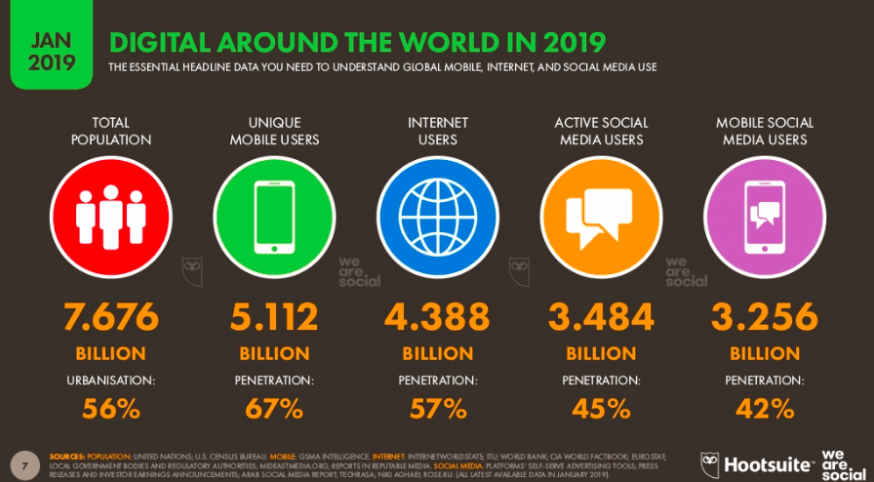
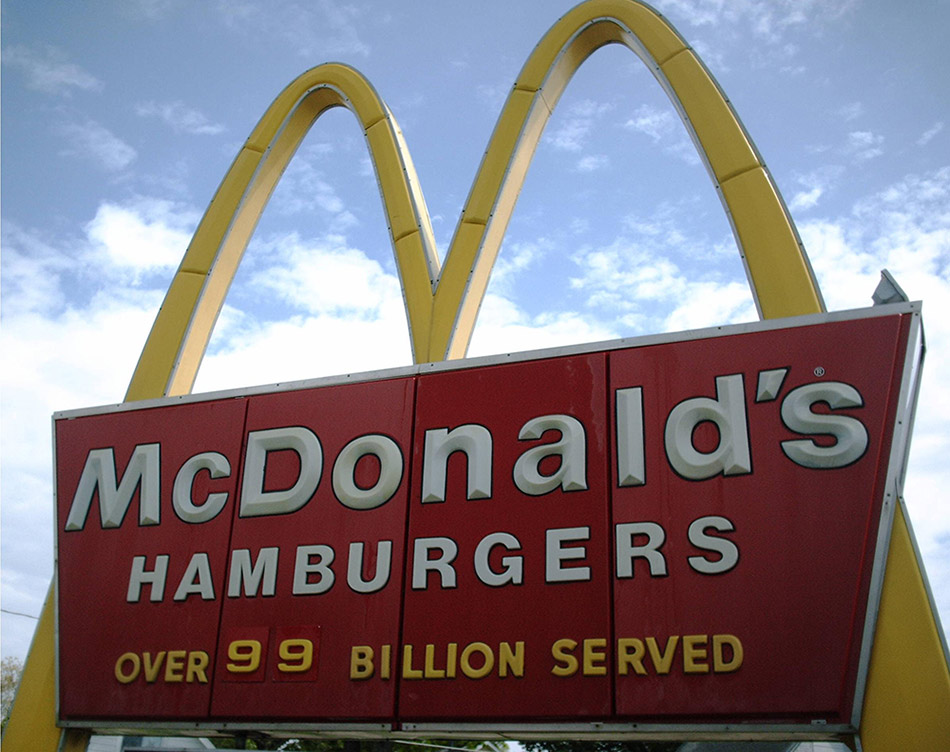
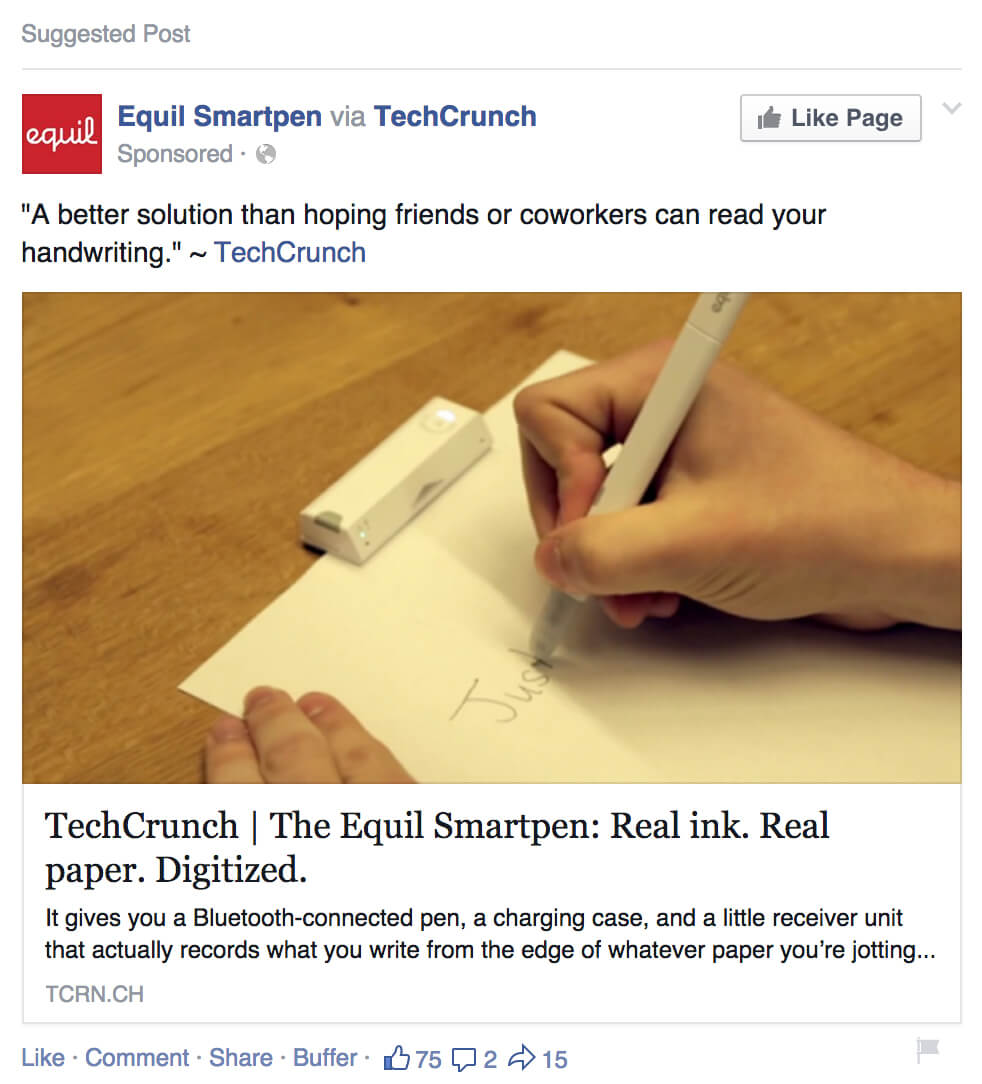
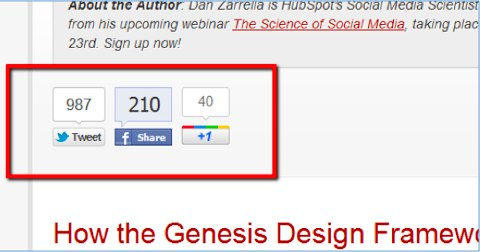
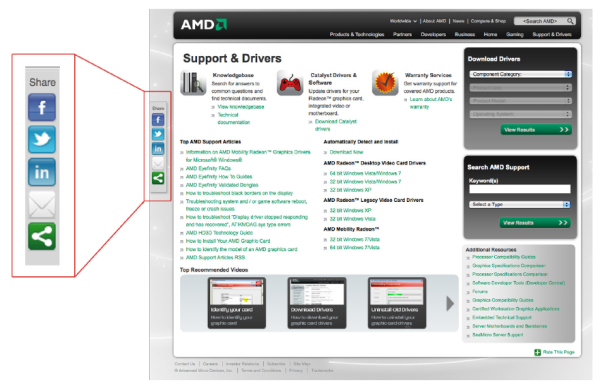
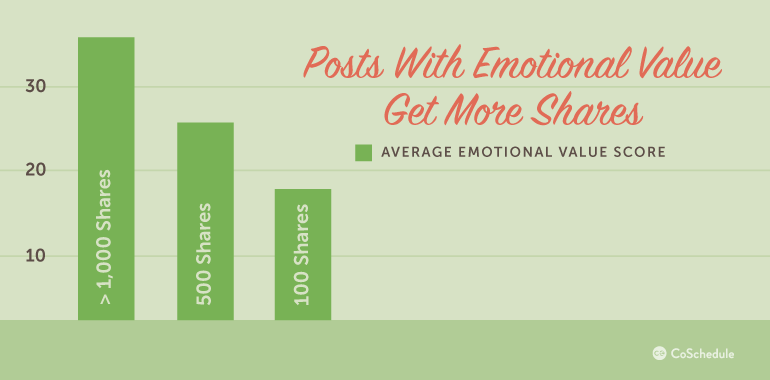
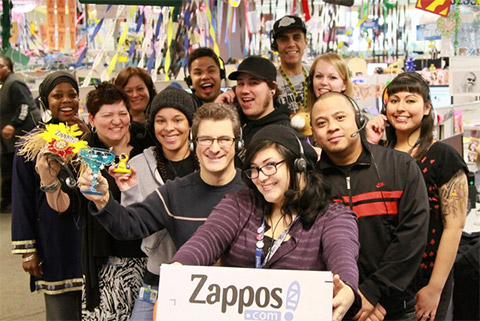
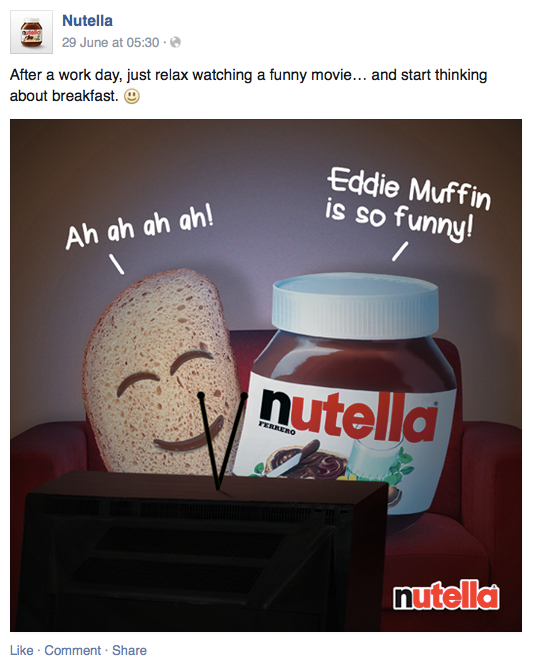


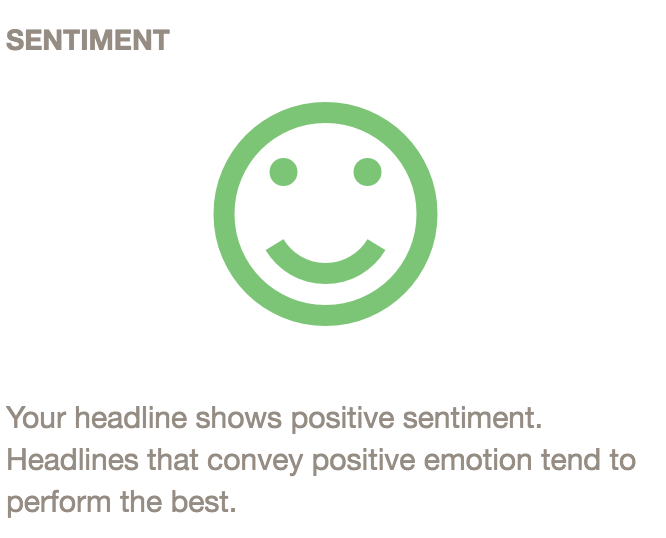

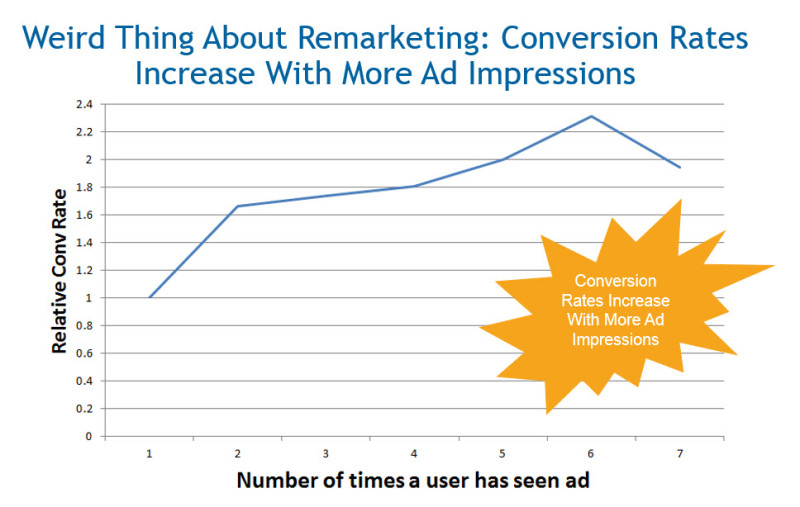
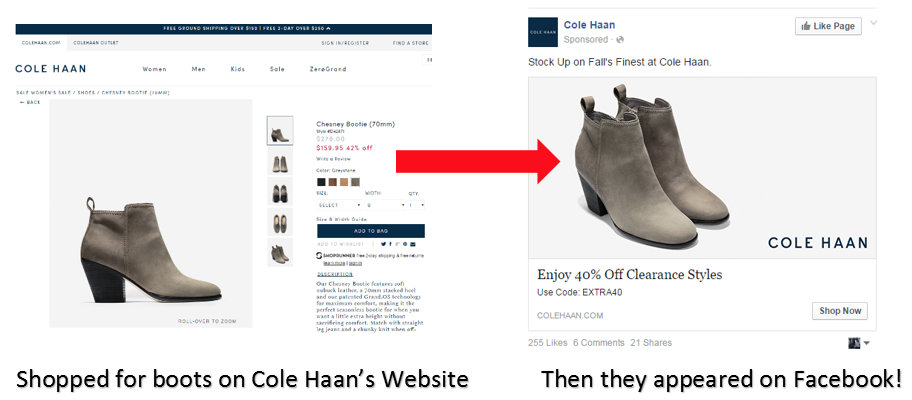
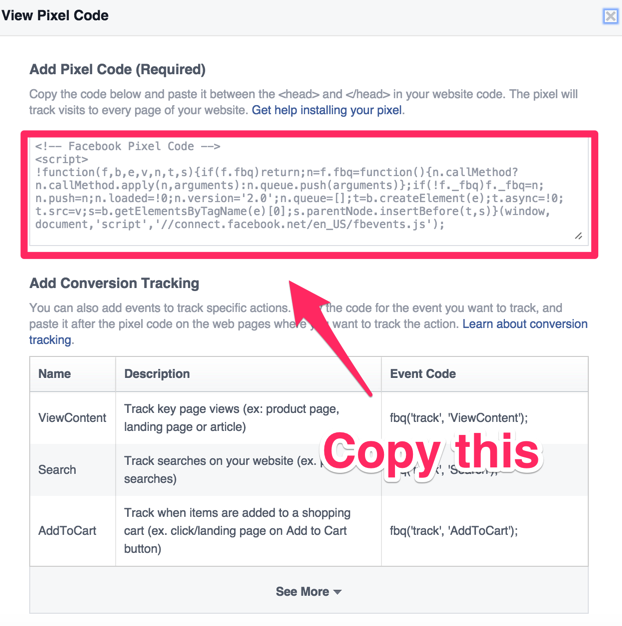
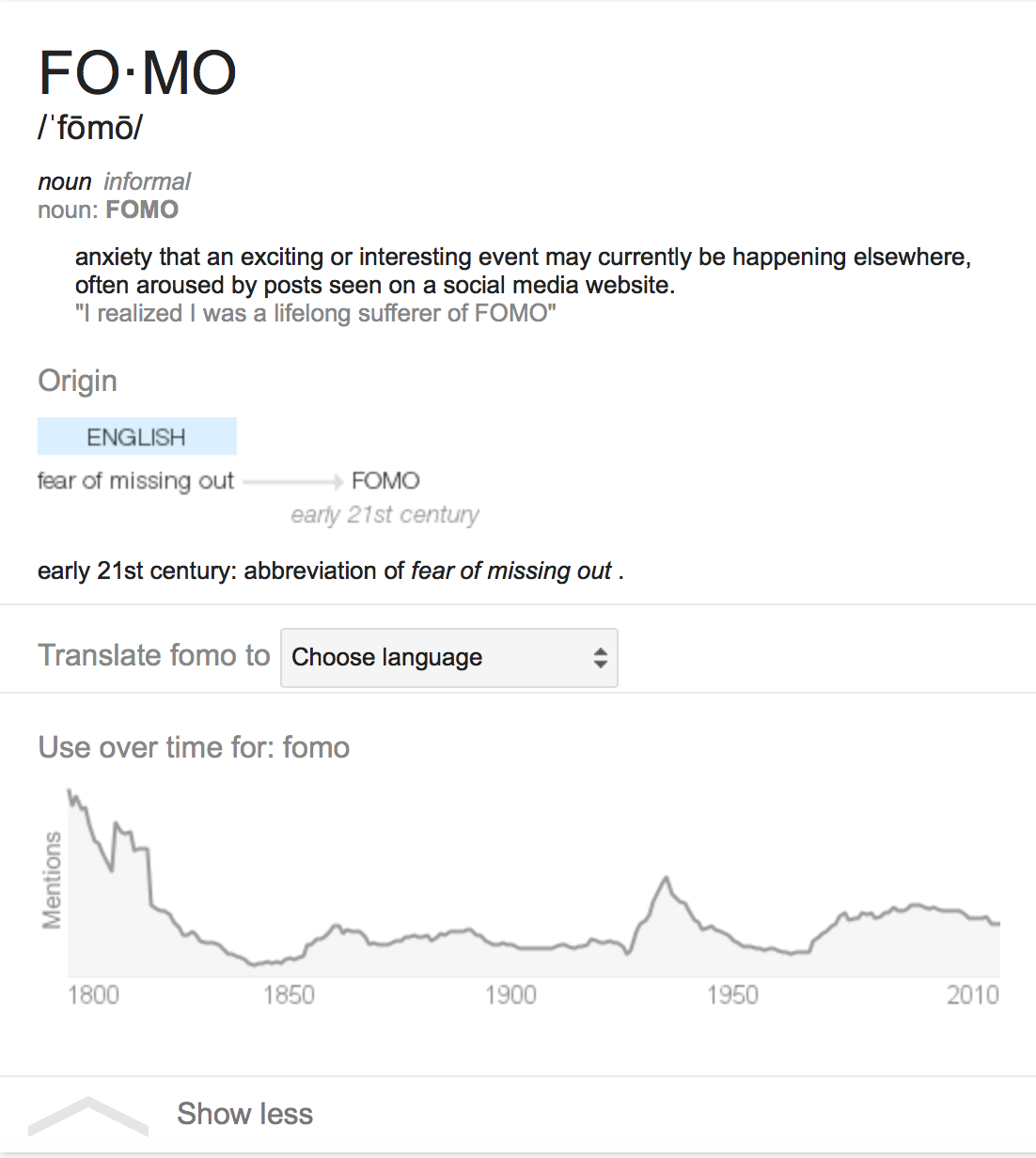

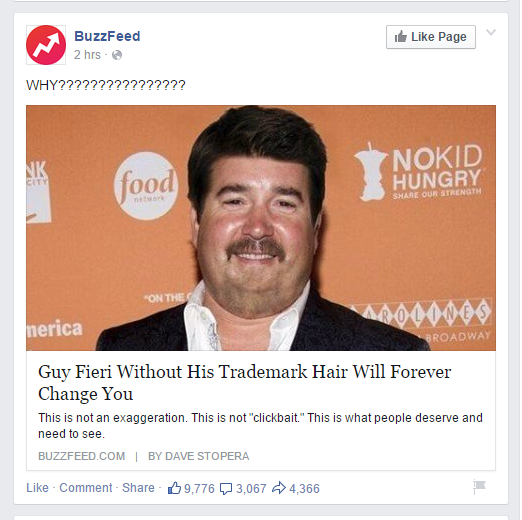

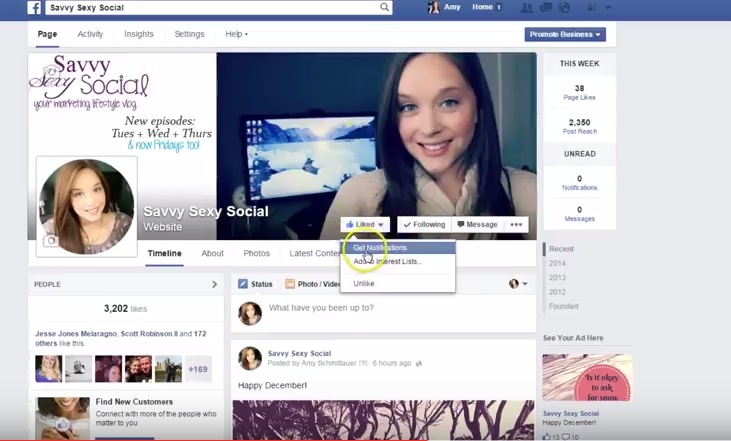
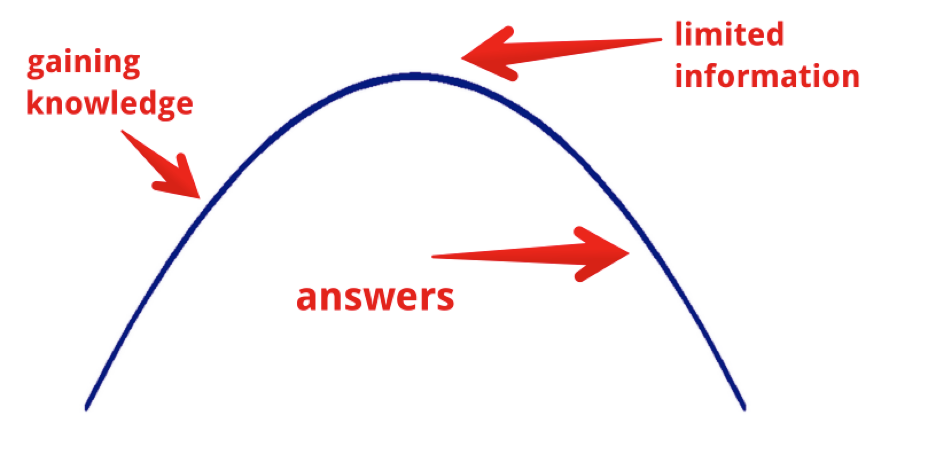
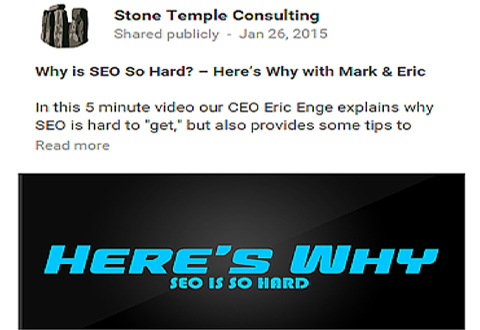



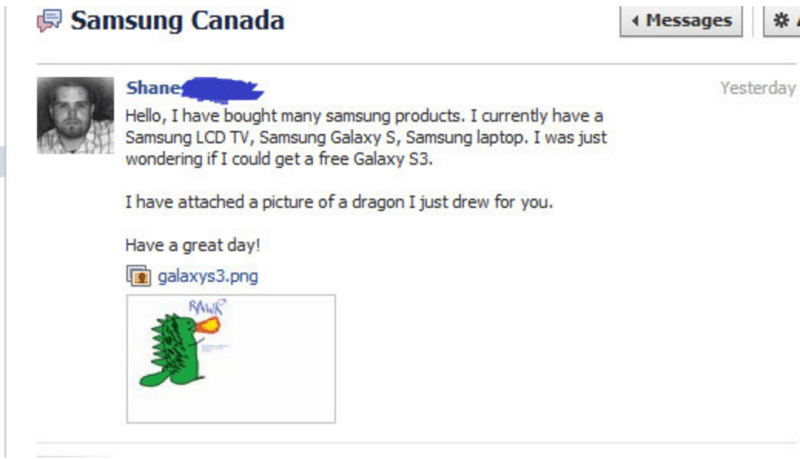
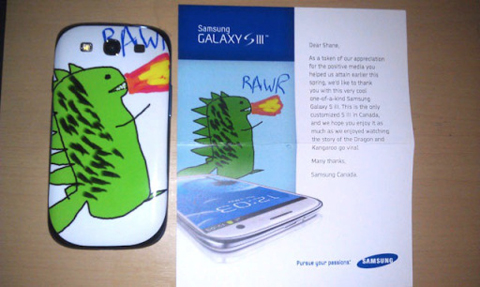

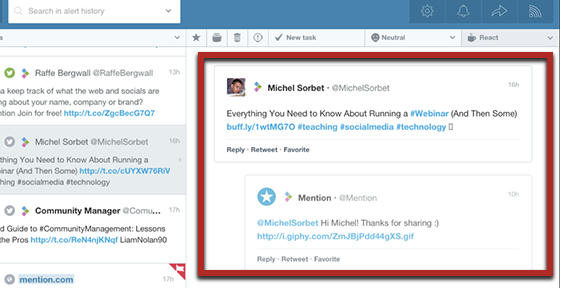
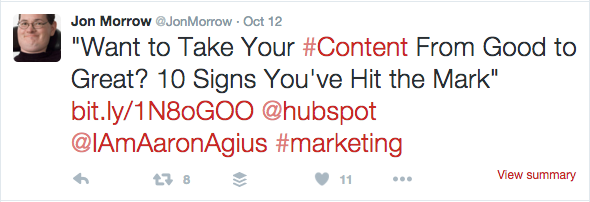


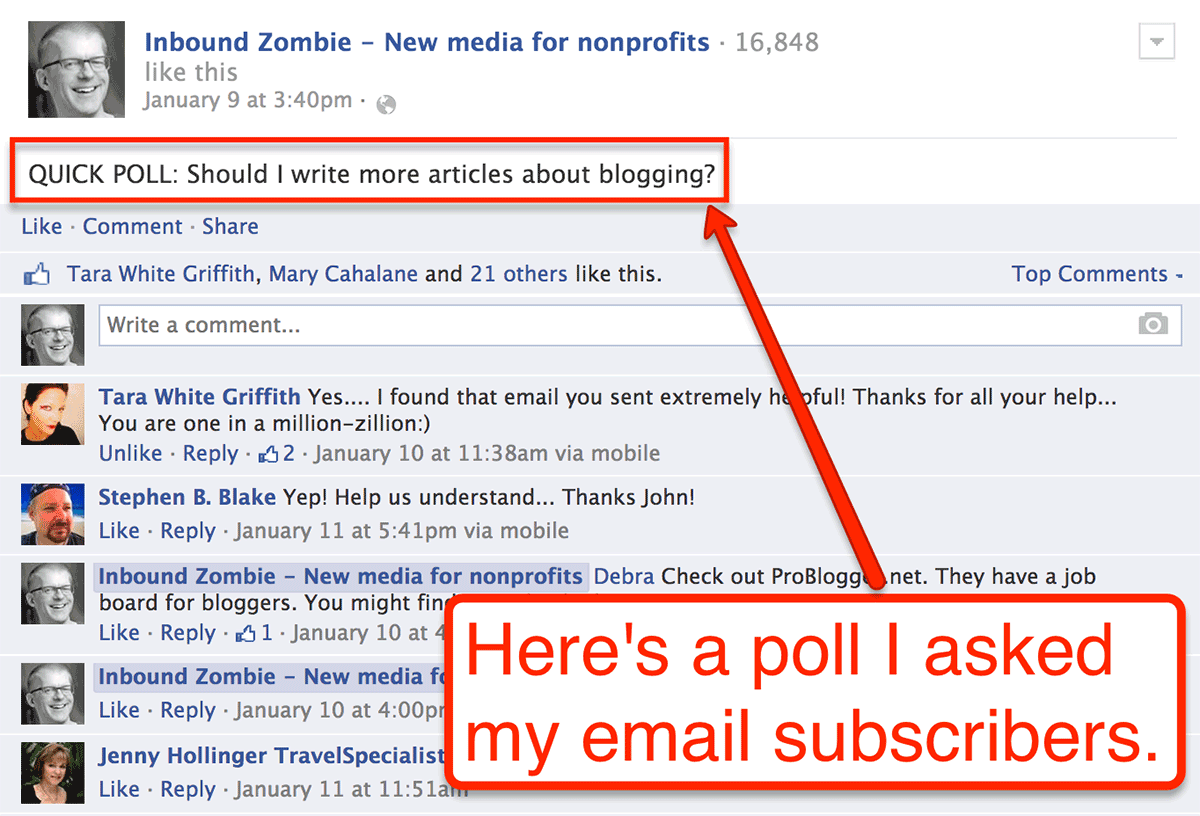
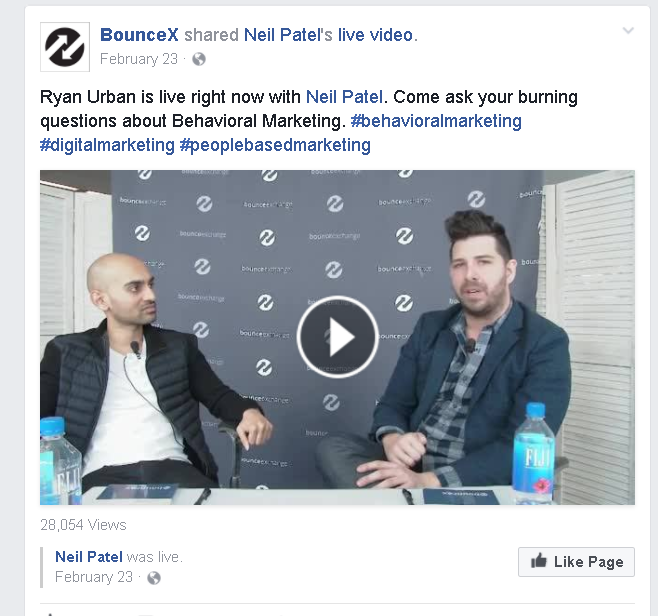
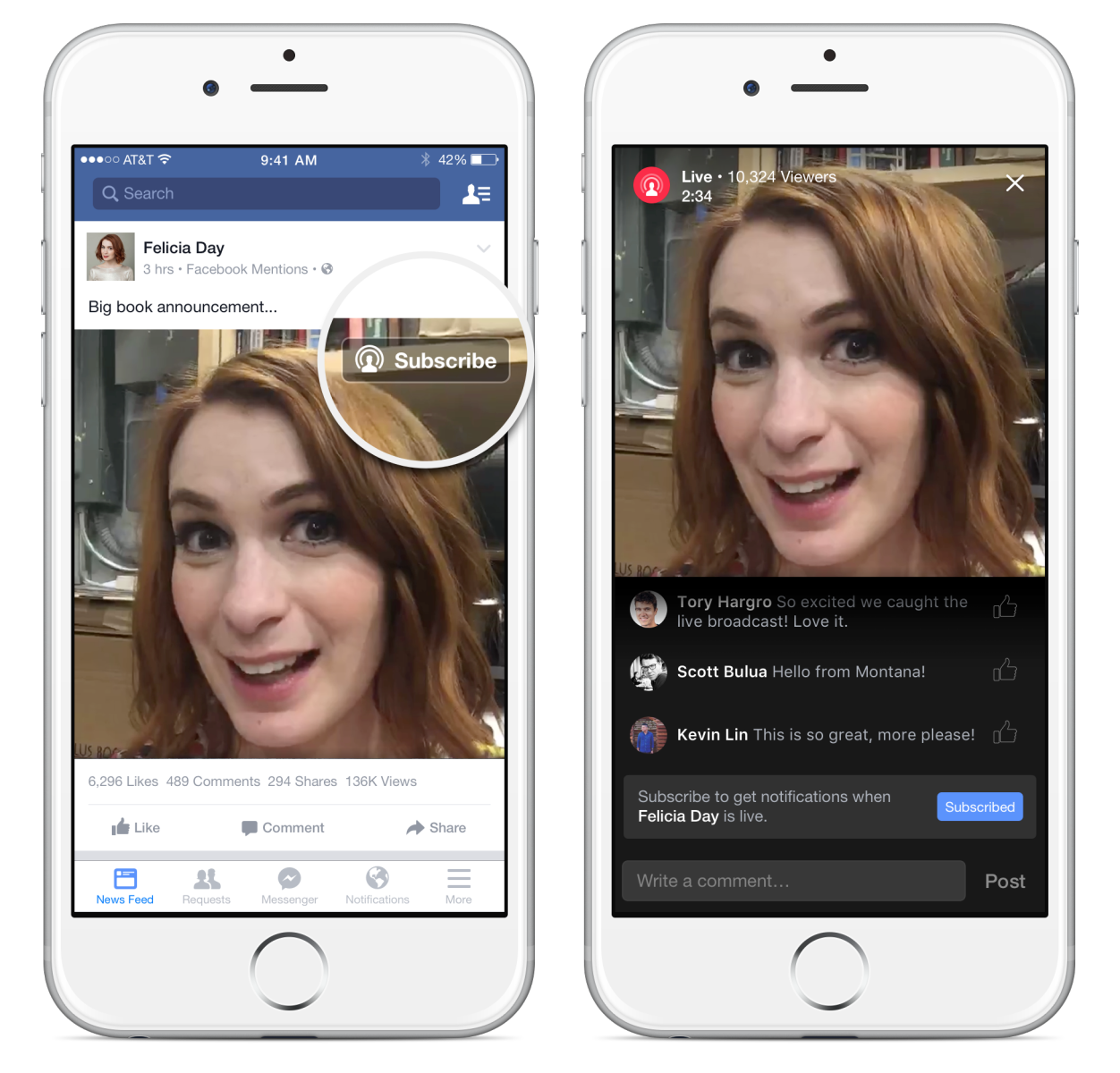
Comments (58)